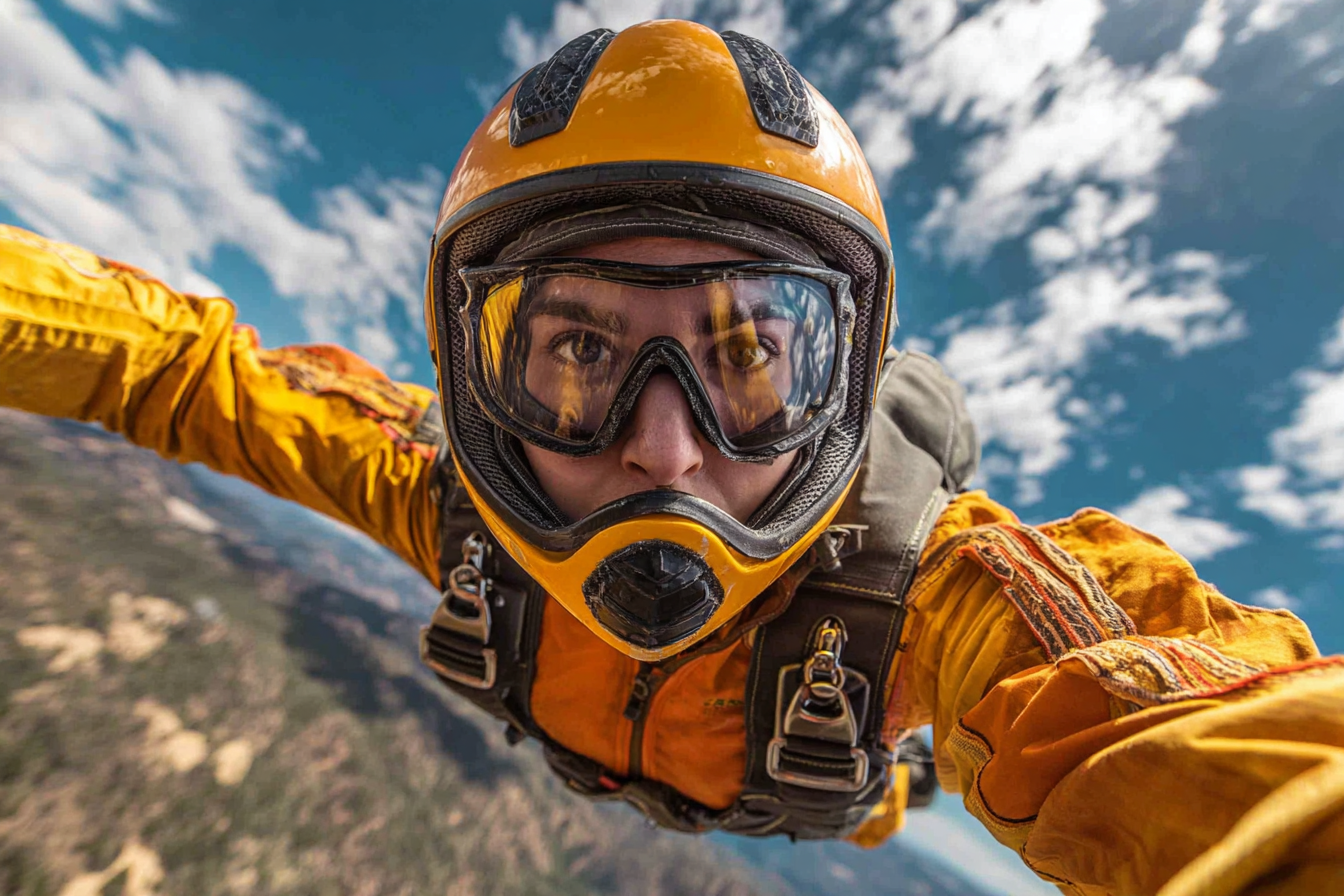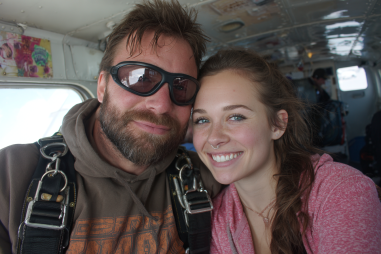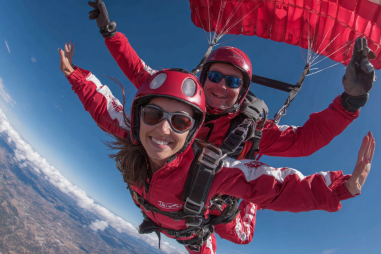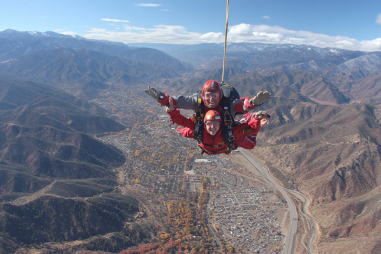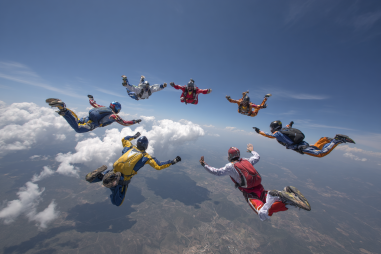Skydiving is an exhilarating sport that offers an unmatched adrenaline rush and breathtaking views. However, the thrill of freefalling thousands of feet above the ground comes with inherent risks, making safety absolutely critical. Whether you’re a first-time jumper or an experienced skydiving enthusiast, understanding and adhering to effective safety training practices is essential to having a secure and enjoyable experience. In this article, we’ll explore the key safety training practices every skydiver should know to keep their jumps both thrilling and safe.
The Importance of Safety in Skydiving
Skydiving is often perceived as a high-risk activity, but with proper training and precautions, it is remarkably safe. Safety is not just a box to check—it’s the foundation that allows jumpers to confidently enjoy the sport. The skydiving community continually works to improve safety standards, equipment, and training methods to reduce accidents and injuries. Thorough safety training empowers jumpers to anticipate, recognize, and respond to potential hazards effectively, transforming risks into manageable challenges.
Every jumper must respect the gravity of the sport and commit to ongoing learning and vigilance. It’s this dedication to safety that preserves lives and fosters a culture where exhilarating experiences don’t come at the cost of wellbeing.
Pre-Jump Safety Checks and Gear Inspections
Before stepping onto the aircraft, jumpers engage in rigorous pre-jump safety checks and gear inspections. This step is vital because even a small oversight in equipment readiness can lead to dangerous situations during the jump.
Typical pre-jump checks include verifying the condition and proper packing of the main and reserve parachutes, inspecting the harness and container system for wear or damage, and ensuring altimeters and automatic activation devices (AADs) are functioning correctly. Experienced jumpers often conduct a thorough “buddy check” with fellow jumpers, systematically confirming each other’s gear. This double-check acts as a crucial fail-safe.
Additionally, jumpers should review weather conditions and aircraft status before boarding. Confirming the integrity of the equipment and the jump environment creates a solid foundation for a safe and confident jump.
Emergency Procedure Training
Despite all precautions, skydiving accidents can happen, and emergency procedure training prepares jumpers to respond swiftly and effectively. Training in this area covers a wide range of potential scenarios, such as malfunctioning equipment, entanglements, or unexpected changes in altitude or weather. By simulating emergencies during training, jumpers build muscle memory to act calmly under pressure.
One essential emergency skill is the timely deployment of the reserve parachute in case the main canopy fails. Jumpers learn when and how to cut away from a malfunctioning main parachute and release the reserve. This procedure encompasses specific body positions, communication signals, and equipment manipulation. Mastery of emergency responses significantly increases the chance of a safe landing.
Canopy Malfunction Responses
Canopy malfunctions, while rare, are among the most critical situations skydivers must prepare for. Training extensively in canopy malfunction responses is a cornerstone of skydiving safety. Malfunctions can vary widely—from partial openings and line twists to total failures—each requiring a distinct response protocol.
Jumpers are trained to recognize malfunction types quickly and determine the appropriate corrective action. For example, a line twist often resolves with a quick spin to untwist the lines, while a total malfunction necessitates cutting away and deploying the reserve parachute. Training sessions typically include canopy control exercises, emergency drills, and simulated malfunction responses to build familiarity and quick reactions.
Communicating with Instructors and Team
Clear communication between jumpers, instructors, and team members is crucial throughout the training process and during jumps. Before the jump, instructors provide detailed briefings covering jump sequences, safety protocols, emergency procedures, and landing details. This ensures that every jumper understands their role and the plan.
Skydivers also use hand signals while in freefall and under canopy to communicate, as verbal communication isn’t possible. Training intensively in these signals helps maintain situational awareness and coordinate maneuvers with others during the jump. When instructing tandem jumpers or students, effective communication builds trust and ensures that safety instructions are fully understood.
Safety Drills During All Training Phases
Safety drills are integrated into every phase of skydiving training—from ground school and simulation to actual jumps. These drills reinforce correct techniques and help develop automatic, instinctive responses to emergencies. For example, practicing altimeter checks regularly ensures jumpers recognize the correct altitude for parachute deployment, a habit critical for timing and safety.
Other drills include mock cut-away procedures, controlled canopy maneuvers, and landing practice. By repetitively rehearsing safety protocols in a controlled environment, jumpers gain confidence and reduce hesitation during actual high-pressure scenarios. Regular refresher drills also help experienced jumpers stay sharp and up-to-date on safety practices.
The Role of Weather and Equipment Maintenance
Weather plays a significant role in jump safety. Training emphasizes understanding how different weather conditions—such as wind speed and direction, cloud cover, and temperature—affect jump safety. Jump centers typically have strict weather minimums, and jumpers are trained to recognize when conditions are unfavorable and to postpone or cancel a jump if necessary. Respecting weather limitations minimizes risk and contributes to smoother, safer jumps.
Equally important is the ongoing maintenance and inspection of equipment. Parachutes, harnesses, helmets, altimeters, and AADs require professional inspections at regular intervals. Training programs stress the importance of adhering to these maintenance schedules, as equipment failures often result from neglect or delayed inspections. Keeping gear in optimal condition is a non-negotiable safety priority.
Embracing Safety for a Lifetime of Skydiving
Ultimately, safety in skydiving is a continuous commitment. The practices covered—from thorough pre-jump checks and emergency readiness to effective communication and respecting weather—form an integrated approach that keeps jumpers secure. Adopting these safety habits early and maintaining them throughout every jump fosters confidence, reduces anxiety, and ensures that skydiving remains a thrilling yet safe adventure.
Every jumper benefits from a mindset that values preparedness and respect for the sport. With proper training and an unwavering focus on safety, skydivers can enjoy breathtaking experiences and lifelong enjoyment of this incredible sport.

